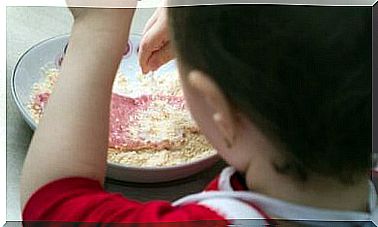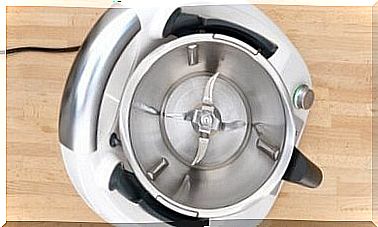Techniques Of Positive Discipline – Being Parents

Positive discipline techniques are all expressions that focus on achieving goals instead of punishment and imposition.
What is the common goal of all these techniques? It is very simple. It’s about getting children or young people involved. They are habituated in a healthy way to accomplish what is asked of them.
In other words, positive discipline plays on collaboration and not on confrontation. This methodology does not seek power games, hierarchization or the resistance of its parts.
When giving orders, you usually have to repeat them many times to get what you want. To avoid the stress caused by this kind of behavior, one can opt for the various techniques of positive discipline.
For example, one of the very effective techniques is dialogue. It turns out to be infallible to obtain the cooperation of the other – in this case, our child – and without conflict. Therefore, the common well-being is promoted and the needs are met.
Difficulties to take into account
When applying the techniques of positive discipline, we must take into account that it is often possible that we will not immediately obtain the results we expect. That is why we must be patient.

Thus, it is possible that we will encounter some difficulties. It is totaly normal. Any process has its ups and downs, especially learning.
We must take into account the context in which we decide to apply the techniques of positive discipline to achieve better reception.
It is also very important to adapt the techniques according to the age, the knowledge already acquired and the personality of our child.
For example, we cannot apply the same technique to a 3 year old child as to another 10 or 15 year old. In addition, we must know how to dialogue with them and make the necessary readjustments to achieve the desired goal.
In summary, the difficulties to be taken into account are the following:
- Age.
- Quality of the dialogue established (between parent and child).
- Pre-established beliefs and knowledge (prejudices).
- Possible resistance (impact of technique and dialogue: rebellion, anti-conformism, discontent, etc.).
Techniques of positive discipline
- Sense of responsibility, above all. In other words, we have to explain to our children that from now on, things will work differently. You are no longer going to insist that they complete their tasks since it is their responsibility; explain to them the schedules of their various activities. For example: meal times, shower times, bedtime and if necessary, write them down. If you manage to do it at the same time as them, the message will be all the more positive.
-
- For example, show them how to use the clock radio alarm. He will be the one who will manage his time. For example, if he has to shower at 8 a.m., he must be able to perform this action on his own. In other words, we must make them understand that this type of action suits them and is beneficial to them.
- Once you have defined their daily responsibilities together, you just need to do a little follow-up. Don’t be behind them all the time to check. Sometimes you can remind them but don’t let it become a routine.
- Thank them and recognize their efforts, whenever you feel it is necessary. It’s not about throwing a party, it’s about being sincere and expressing our satisfaction with their behavior.
- If you feel like the situation repeats itself too often, sit down with your children. Tell them that your wish is to find a solution to the problem and that if you do it together, it is much better. Brainstorm. It is important that you all participate. Pick out the ideas that might be helpful and eliminate the rest. Come up with an action plan (as a team) and explain how you are going to comply with it so that everything goes well. It is about making the realization of the action plan pleasant.
- Chat with anticipation without threatening. This will help you avoid frustrations and bad times.
- Take breaks. Sometimes it is necessary to teach them to stop for a moment and have them choose between one thing and another. This will help them develop a certain tolerance for pressure (healthy, of course) and streamline decision-making.
- Make sure you ask rather than give orders. Teaching values and discipline with love is a thousand times more effective than yelling, hitting, and punishing.
- Children learn by imitation. This means that parents are role models. That is why we have to be consistent and responsible.

The importance of follow-up and routine
The techniques of positive discipline will be really effective if they are maintained over time in a consistent manner. Remember that persistence is what creates habits. In this case, it is very important to strengthen whatever brings satisfactory results and well-being.
Children (or young people) should not be pressured to complete their tasks or challenged. You have to teach them to work as a team and always look for the best in a situation.
Remember that children also love harmony, good humor and fun. Hence the importance of allowing them a certain flexibility and of giving them our unconditional support in the good things as well as in what we can improve.
This avoids conflicts and prevents the day from ending in argument and punishment. Be patient, no one is born knowing everything.









